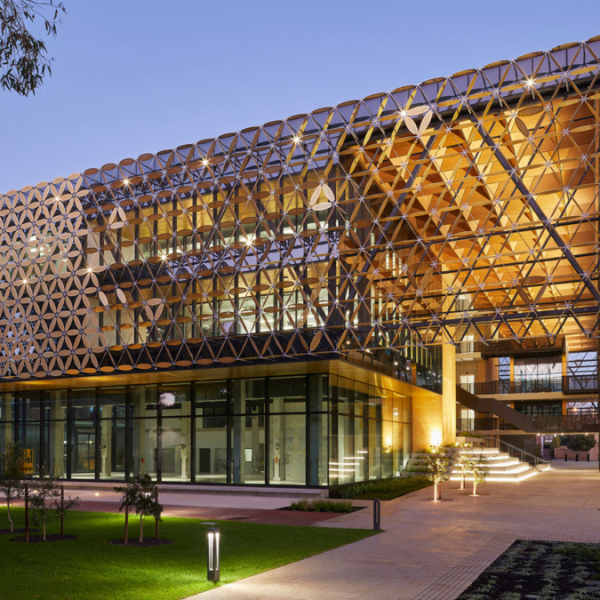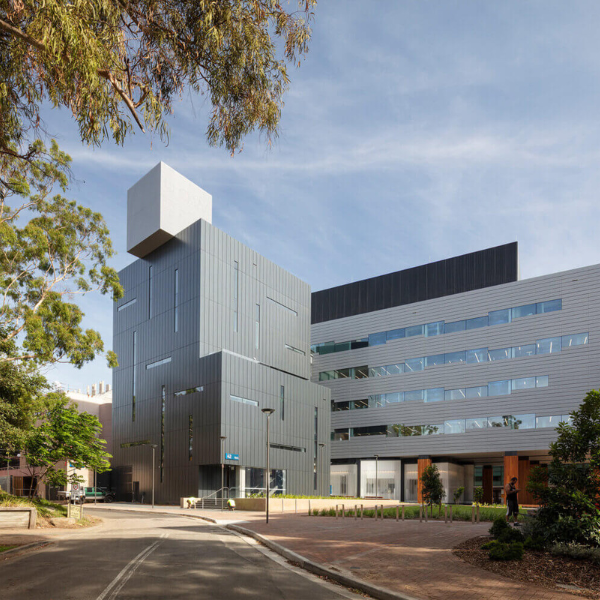University Rankings
Choosing the right university can be a daunting task, particularly for international students. We have created this platform to help you make informed decisions and find the best universities in Australia. Below you’ll find a summary of different methods used to determine the university rankings and the latest rankings.

Aggregate Ranking of Top Universities
The Aggregate Ranking of Top Universities (ARTU) is a meta-ranking that provides a comprehensive evaluation of global universities based on the World University Rankings by THE, QS, and ARWU. Produced by UNSW Sydney since 2019, ARTU ranks 418 universities annually, with the Top 400 featured for publication. In 2022, Harvard and Stanford led the rankings in equal first place. ARTU’s criteria is the sum of world rank across the three rankings, excluding universities without a distinct rank in THE, QS, and ARWU.
Since 2012, the United States has consistently had the highest number of ARTU Top 200 universities, while Switzerland has the most ARTU Top 200 universities per capita. The latest features of ARTU, introduced in 2022, include Gross Domestic Product (GDP) and Research & Development (R&D) expenditure as modifiers to determine country-level performance and return on investment. Adjusted by these indicators, Hong Kong and Australia ranked highest for GDP and R&D, respectively, for most ARTU Top 200 universities.
QS World University Rankings
The QS World University Rankings are a highly regarded ranking system of the world’s top universities produced by Quacquarelli Symonds, and published annually since 2004. The rankings are a key resource for international students seeking information about higher education institutions worldwide. In 2022, the rankings featured 1,300 universities, with Massachusetts Institute of Technology, University of Cambridge, Stanford University, University of Oxford, and Harvard University securing the top 5 spots. Unlike the Times Higher Education World University Rankings, which is another popular university ranking system, the QS rankings use peer review data collected from scholars, academics, and recruiters. This data is then combined with citation per faculty member data, faculty/student ratios, and international staff and student numbers. The QS rankings have been expanded to include regional rankings for the Arab Region, Emerging Europe and Central Asia, and the five BRICS nations. Additionally, the QS World University Rankings by Subject were published for the first time in 2011, covering 42 subjects in five clusters.
Times Higher Education World University Ranking
From 2004 to 2009, Times Higher Education (THE) published the annual Times Higher Education-QS World University Rankings in collaboration with Quacquarelli Symonds (QS). In 2009, THE broke with QS and partnered with Thomson Reuters to provide a new set of world university rankings called Times Higher Education World University Rankings. The new methodology includes 13 separate performance indicators grouped under five broad overall indicators to produce the final ranking. The first rankings using this methodology were published in 2010. THE also started THE 100 Under 50 ranking and Alma Mater Index. The rankings have been described as “arguably the most influential” and were shown to be disproportionately influential in establishing the status order of world research universities.
Academic Ranking of World Universities
The Academic Ranking of World Universities (ARWU), compiled by ShanghaiRanking Consultancy, has been publishing global university rankings annually since 2003. Unlike other rankings, ARWU does not rely on surveys or submissions from universities. The ranking criteria include the number of articles published in Nature or Science, as well as the number of Nobel Prize and Fields Medal winners. Harvard and Stanford have consistently ranked highly in ARWU. However, ARWU’s methodology has been criticized for its bias towards natural sciences and English language science journals. Additionally, the ranking does not consider teaching quality or humanities.
Reuters World’s Top 100 Innovative Universities
The Thomson Reuters Top 100 Global Innovators ranking employs 10 different metrics to rank the most innovative academic and government organizations in the world. The ranking is empirical, with a methodology that focuses on academic papers and patent filings. Thomson Reuters cross-references the 500 academic and government organizations with the greatest number of published articles in scholarly journals against the number of patents and patent equivalents each organization filed in the same period. The remaining 70 institutions were mostly universities and were ranked using criteria such as frequency of patent applications granted and the number of filed patents. The ranking has an Asia-Pacific edition featuring the top 75 institutions across the region and the top 25 most innovative governmental institutions in the world.
SCImago Institutions Rankings
The SCImago Institutions Rankings (SIR) is an international ranking of research institutions, published annually since 2009 by the SCImago Research Group, a Spanish-based research organization that includes members from several education institutions in Spain. The SIR World Report measures research output, international collaboration, normalized impact, and publication rate to rank worldwide research institutions.
University Rankings

Australia’s best universities
2022

Best International universities
2022
Study, live, and make Australia your new home. We are here to help!
Subscribe to our newsletter
Sign up to get all the latest student stories, blog posts and updates on student visas and travel to Australia straight to your inbox.
